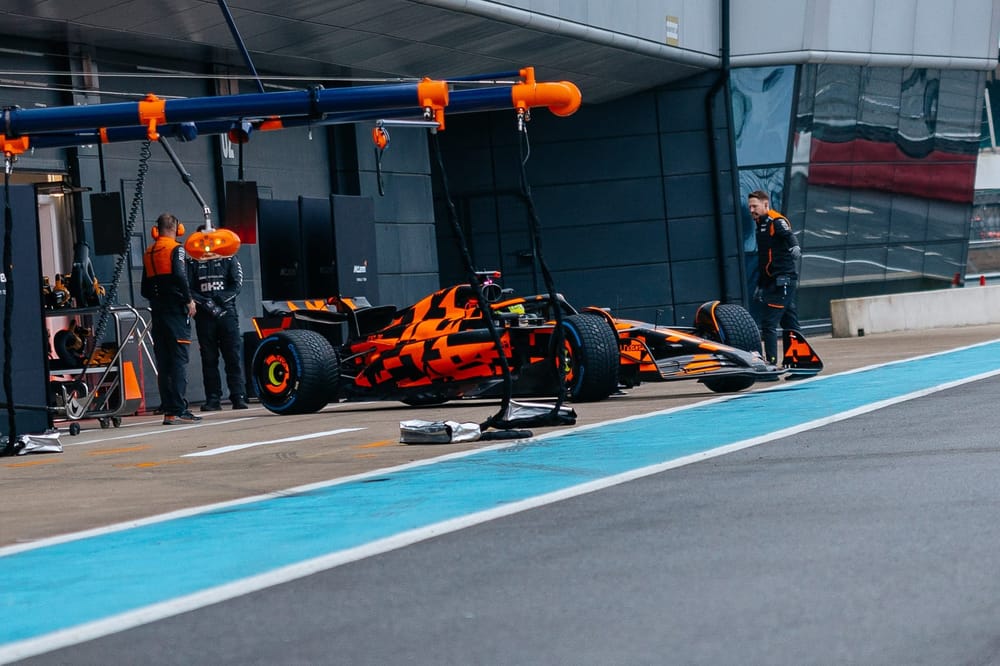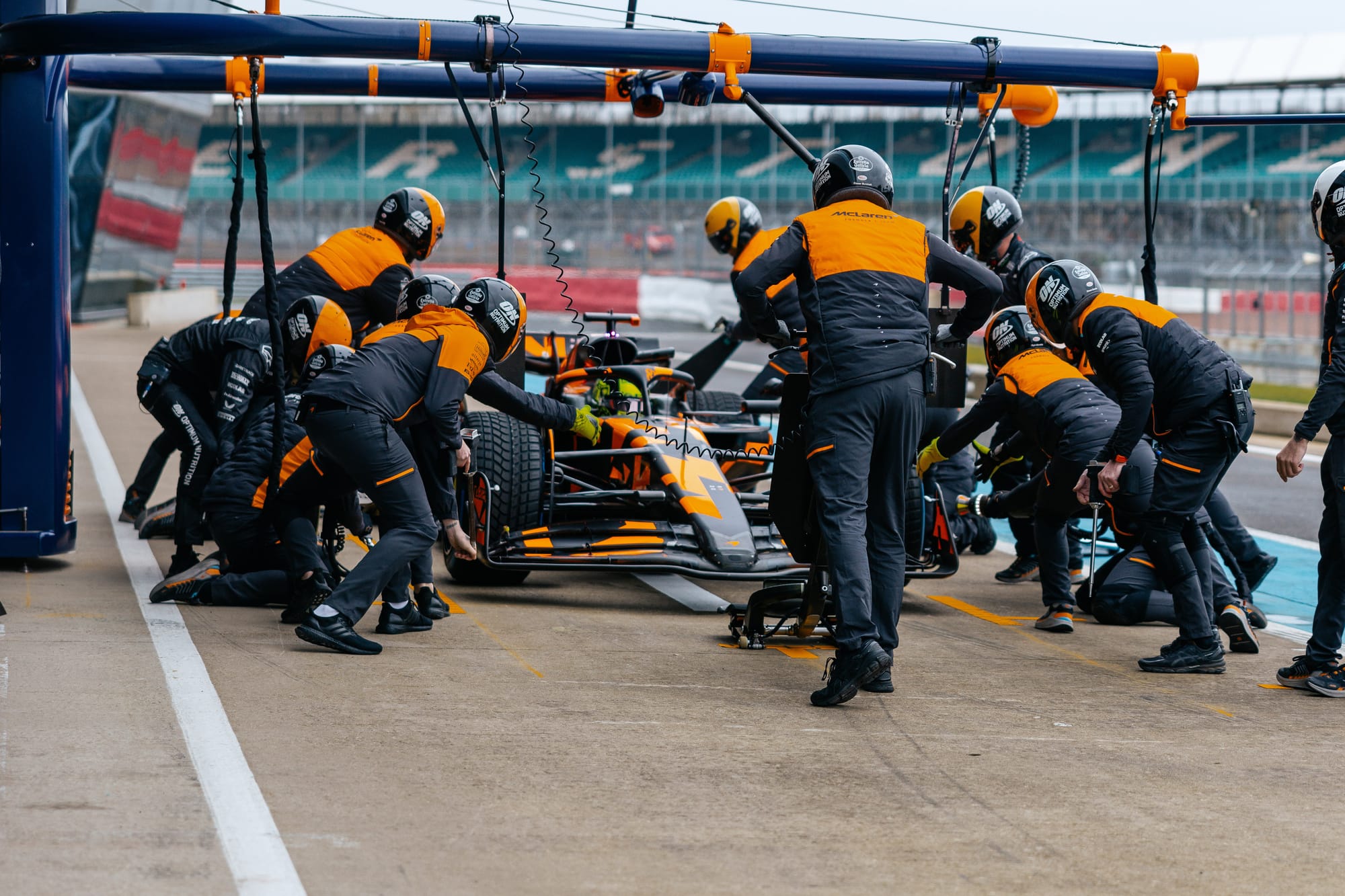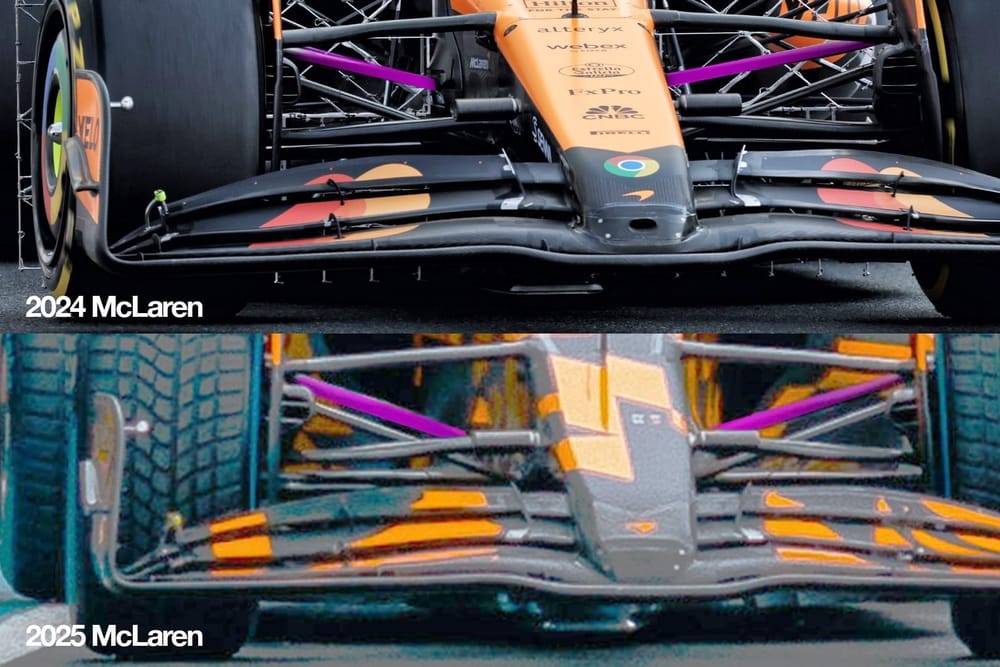The special-liveried 2025 Formula 1 car McLaren unveiled at Silverstone on Thursday has been upgraded from front to back as the team bids to win both titles this year.
What was so great about this launch is that it was the real car, as McLaren combined the unveiling with a filming day in which both Lando Norris and Oscar Piastri shared driving duties over a maximum of 200 kilometres.
This meant we saw images of the actual MCL39 for the first time, and The Race's Edd Straw, Jon Noble and Mark Hughes heard from both drivers plus McLaren team boss Andrea Stella - which meant there was a lot we could learn.
How far McLaren's gone with changes
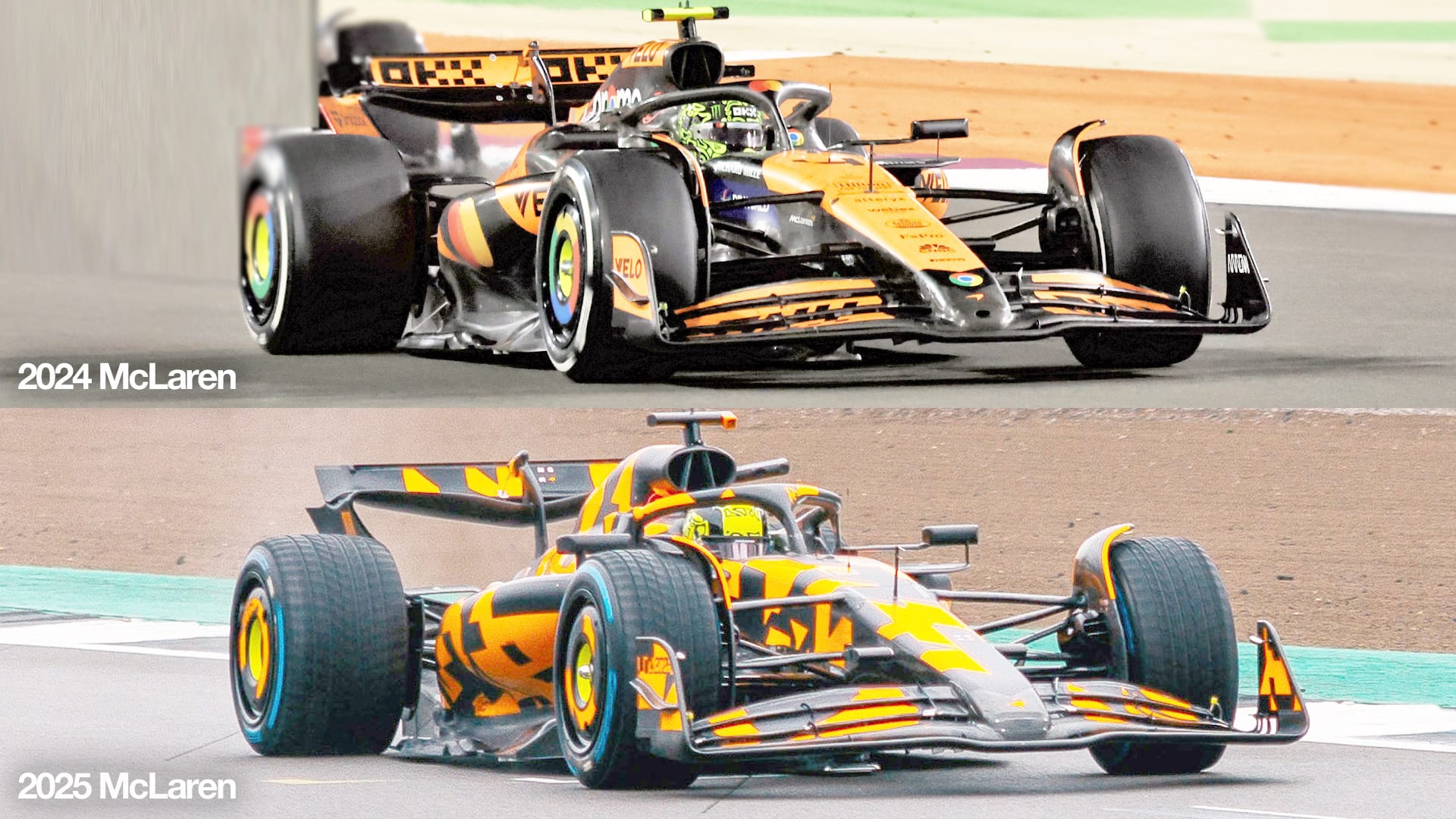
The revisions on the McLaren MCL39 are extensive. According to Stella, "pretty much every fundamental component of the layout has been subject to some innovation", whether that's for a direct marginal performance gain or to open up more opportunities elsewhere for fruitful development.
Norris even half-joked that the team's pushed the boundaries so much he was pleased everything ran normally in the shakedown as "you're always a little nervous things aren't going to be perfect when you try them".
The 2025 McLaren doesn't look particularly different to its predecessor from a distance. But the devil is in the detail and the innovation in the car that Stella refers to is in the push to squeeze every last micron of aerodynamic opportunity out of its design.
Stella referred to changing the fundamental architecture of the car, which led to The Race's Edd Straw questioning how aggressive the team had been with monocoque packaging to create more space for the aerodynamicists to play.
He expanded on the scope of the question, saying that the car has been changed, and optimised "pretty much from the front wing to the crash structure". And not only incrementally, but "sometimes actually quite substantially".
This means there's no magic bullet in this car, no one thing you can point to and herald a massive change. That's not what F1 is about today, particularly in the fourth year of a regulation cycle.
But the aggregate of the aerodynamic potential created by refining every part can be very large in terms of laptime.
None of this means McLaren has got it all right; we won't know that for sure until the racing starts.
But as Stella says this car is following a "linear trend" over the past couple of years during which McLaren has been the most reliable developer of an F1 car on the grid.
New fingerprints on this car
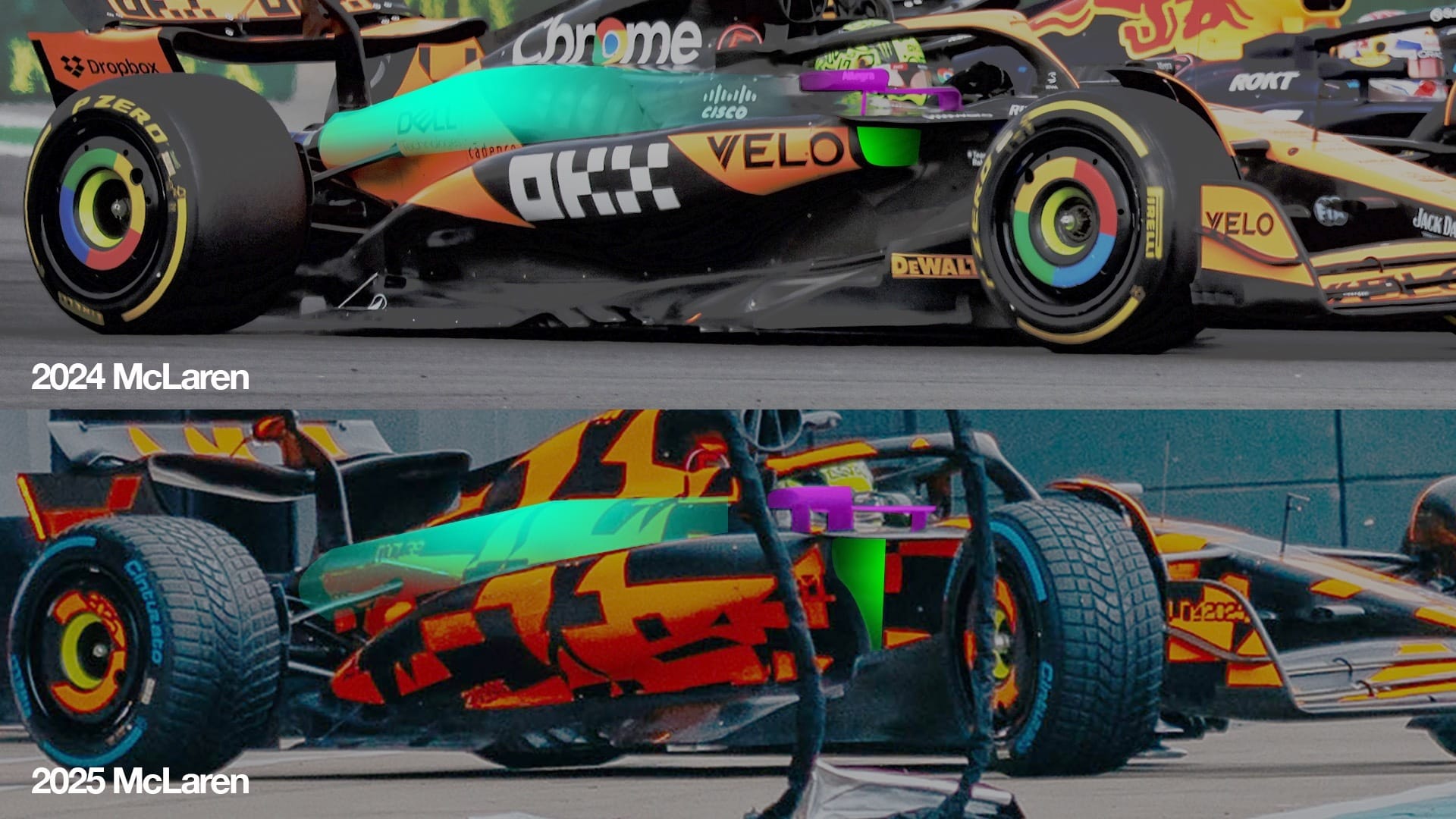
Stella's description of the MCL39 as "bold" and "aggressive" may sound incongruous for a car which ostensibly looks so similar to its predecessor but the boldness on the inside - beneath the external skin - indicates some new fingerprints on this car: Rob Marshall's.
The extra real estate which has been found for the aerodynamicists to exploit is derived from a redesigned monocoque, many component redesigns and a re-evaluated cooling layout.
This packaging is prime Marshall territory. This is the first McLaren that Marshall has been involved in from the conception stage and he will have played a major part in bringing McLaren up to the cutting edge in this aspect.
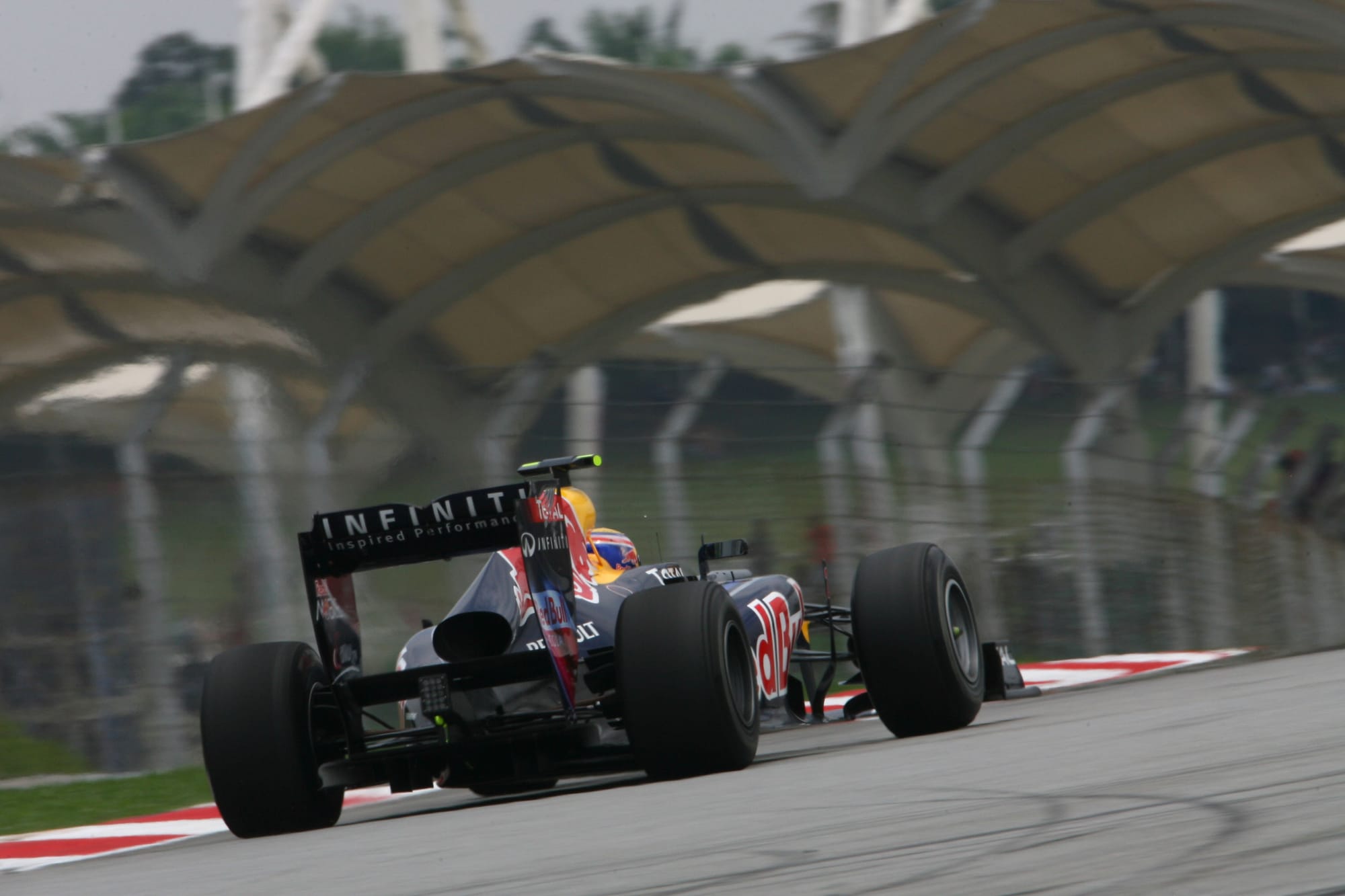
Marshall was the designer who famously packaged the mini-KERS down low in the 2011 Red Bull to bring a real aerodynamic and mechanical advantage. Red Bull has invariably had the most tightly packaged cars on the grid ever since.
The most obvious bodywork difference is a change to the sidepod inlet and the bodywork geometries behind it. Reimagining these shapes and relocating cooling elements manifest to the watching world as things like a reshaped airbox or reprofiled engine cover bodywork.
But to McLaren's aerodynamicists, it's room to manipulate airflow even more effectively.
Emphasis on early upgrades
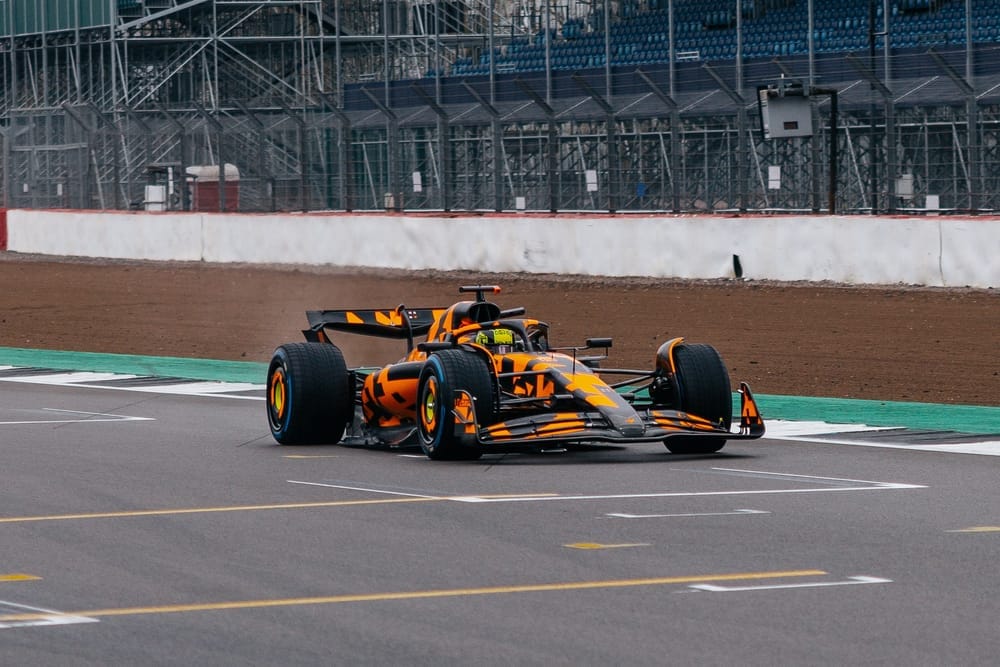
The careful curation of the deliberately distant images McLaren has shared - combined with the camouflage livery doing a decent job of obscuring some areas of the car - inevitably limits what can be seen of the MCL39.
But we can be sure this is a faithful iteration of the car that will run in Bahrain for testing and maybe even in Australia for the first race. Stella says it is at least "pretty substantially" what will be used in pre-season.
As we've come to expect, the front and rear wings themselves look very similar to what McLaren ran in Abu Dhabi at the end of last year.
But these are easy components to bolt on later. We would expect to note a bit more obvious development in these areas for testing, especially as Stella's claim about the car being upgraded all over started with a supposedly new front wing.
And there could be some significant changes in the early races beyond that.
Every team has an eye on the big rules overhaul coming in 2026 and that means saving as much development resource as possible for that project. Stella says McLaren's not front-loading its 2025 upgrades as a result but has simply gone as fast as possible to develop the car to have updates in the early races.
This is because of how tight the battle is at the front and the awareness McLaren has that the margin it had last year demanded it be aggressive and find as much performance as possible.
And Stella insists this would be the same if the 2026 rules weren't on the horizon.
Catching up where Red Bull was the benchmark
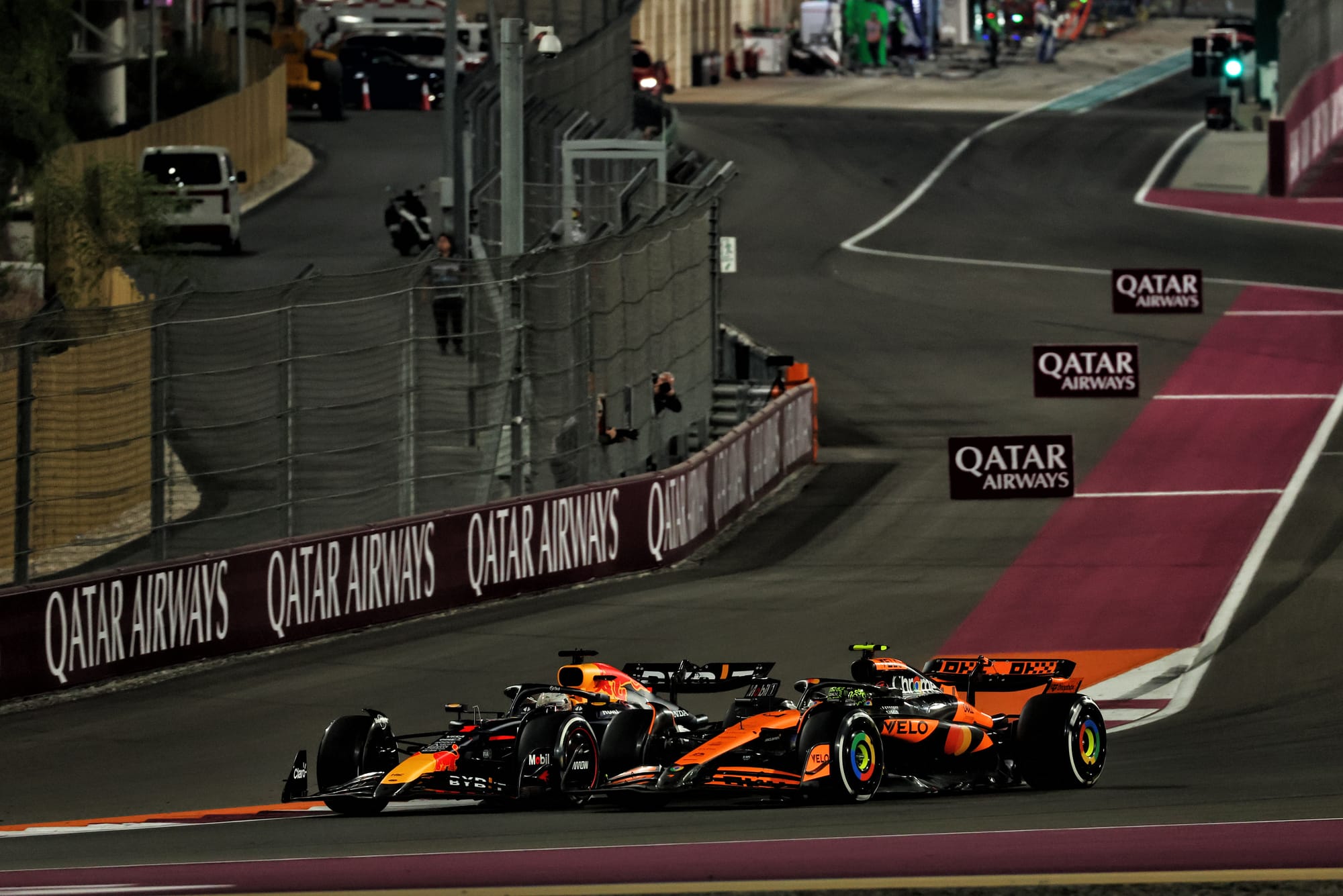
Suspension layout tweaks are harder to disguise than shadowy bodywork areas, and we can see that McLaren has adjusted both the front and rear suspension layouts in key ways.
The Race's own ex-F1 technical director Gary Anderson was particularly interested in this area, describing McLaren as having "gone to town on the front and rear suspension geometry" with changes to stop the car pitching as much when accelerating, braking or running at high speed.
This is in the interest of controlling the aerodynamic platform as much as possible. The more stable the car is under loads, the steadier the airflow and the more consistent the car will perform aerodynamically.
It's what Red Bull mastered early in the ruleset and other teams have gradually picked up on. McLaren already went further in this direction last year and appears to have prioritised more gains over the winter.
It made good aerodynamic improvements through 2024 but bigger mechanical changes like this take more time and are easier to enact in the off-season, especially in F1's cost cap era.
Norris has a Verstappen gameplan
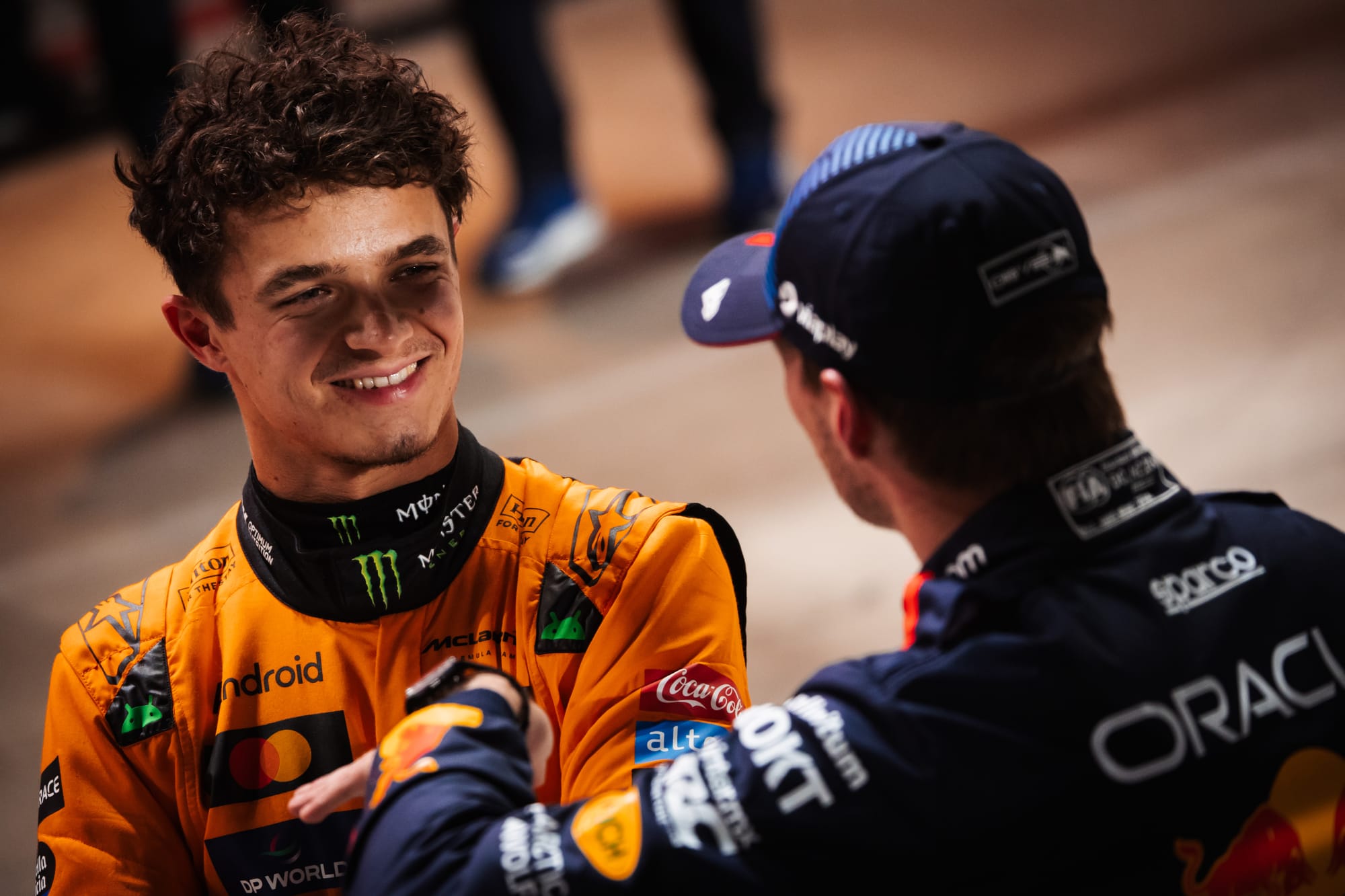
Norris learned a lot from the highs and lows of fighting, and ultimately losing out, in a championship battle last year.
The pain of that defeat, especially after a campaign where he had the fastest car for periods, is something that clearly he and the squad do not want to repeat as sights are set on going one better in 2025.
With opportunity comes expectation though, and Norris is well aware that he is heading into the year as the bookies' favourite for the crown.
That does not scare him though, and he believes he is in a much better place to deal with everything that can be thrown at him.
But there is a clear game plan that has emerged in a bid to help Norris on his way, and it means no repeat of one of the biggest problems that had to be overcome last year, which was coming so far from behind.
Norris's 2024 season only really got going from Miami and, by then, the points deficit to Max Verstappen and Red Bull was simply too much to ever be properly recovered.
He and his team know that they cannot afford for this to happen again, especially because it gave his main rival a comfort blanket of being able to get his elbows out and take more risks in battles.
For 2025, Norris and McLaren know that they need to hit the ground running and manage things from there - so time is of the essence.
Favourite tag is no burden
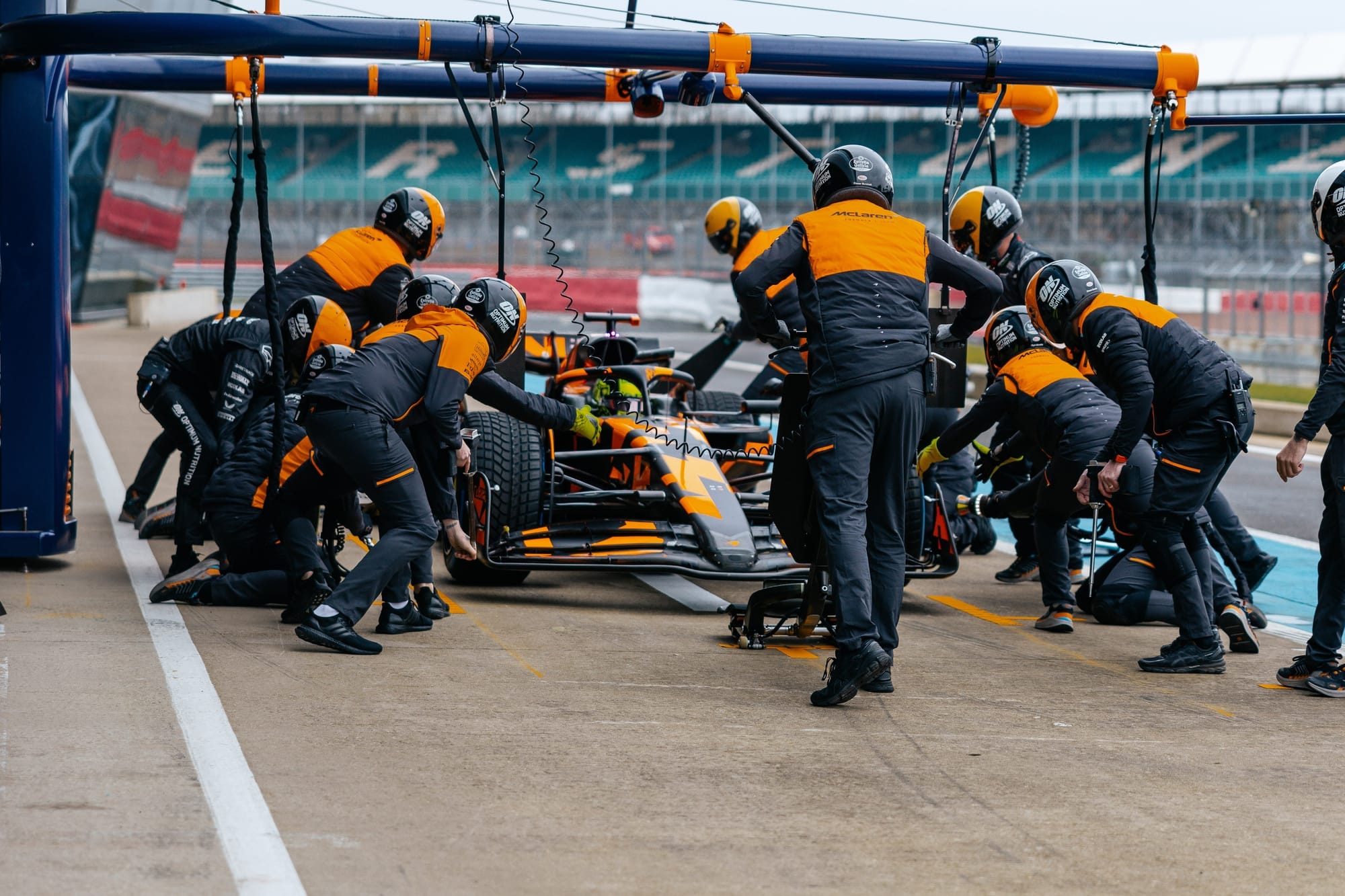
It has been a long time since McLaren has talked about championship challenges at its car launch. But this year, what was clear is that this is a growing, increasingly assured team that knows it could and should be in a position to do so.
That doesn't mean it's over-confident, far from it, but favourites don't need to talk up their position. Instead, both the drivers and team principal Stella have embraced the fact that anything other than fighting for the title, and realistically winning it, will be a failure.
Last year, McLaren was a team still coming to terms with being a regular winner again, with all the rough edges that come with that. Stella talks of a mindset that recognises last year’s missed opportunities as areas to improve and get even stronger, which reflects a team that knows how good it now is.
This is not about complacency, it's about a top team being comfortable with its status, clear on its objectives and revelling in the pressure of being expected to win.
Assuming this spirit is reflected through the whole team, and it almost certainly is, it means McLaren carries its status as pre-season favourite lightly rather than being weighed down by expectation.
Where Piastri needs more resilience
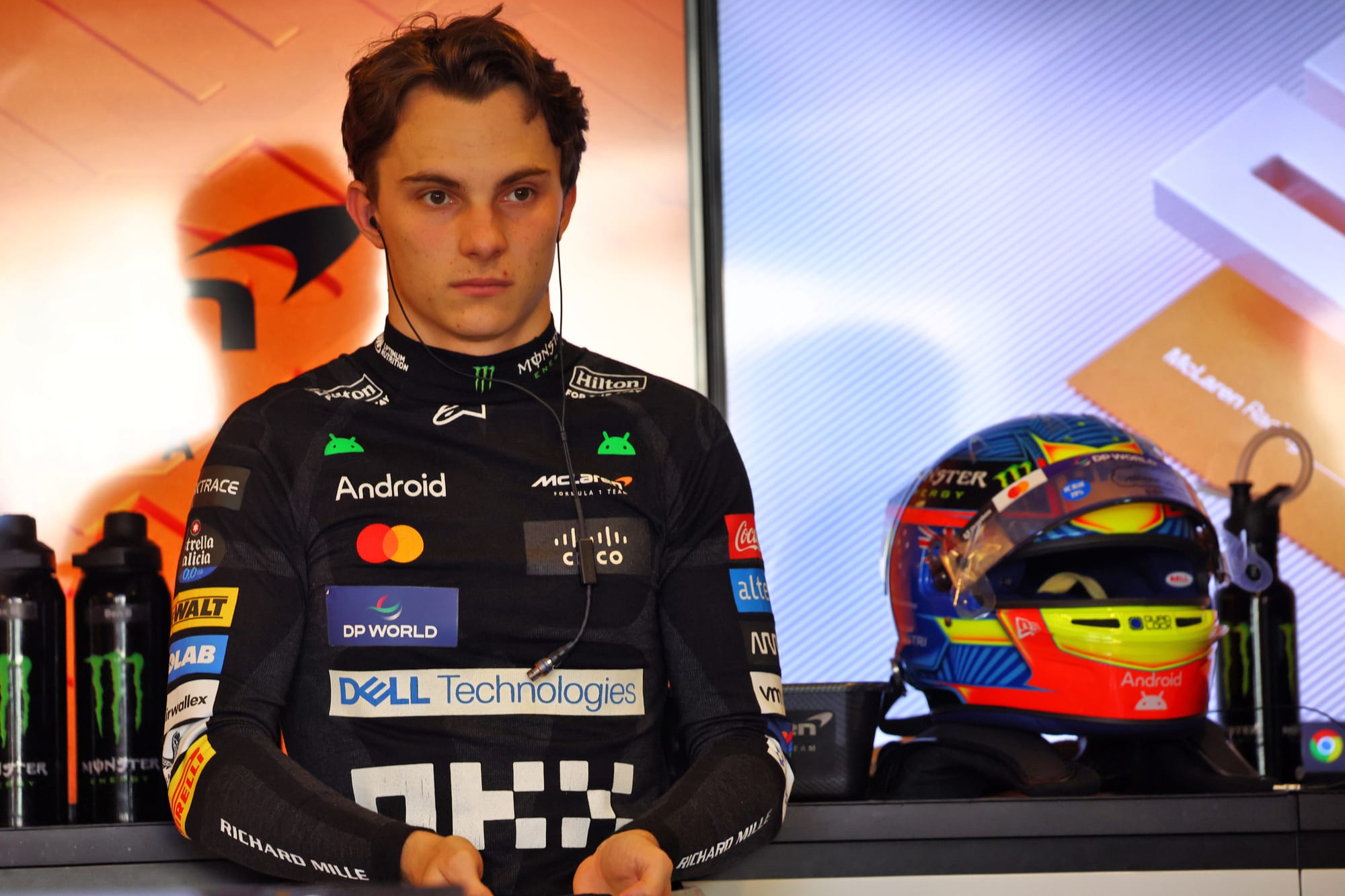
Piastri has always had a strong level of self-belief in his abilities, but there was one notable comment he made at Silverstone that stood out in showcasing his mindset for 2025.
"I do think that I can become world champion this year," he said. "I feel like 12 months ago, I was going into the season still with some weaknesses that I wasn't particularly confident with."
Piastri certainly showed at times last year that on his good days he has what it takes to be bossing F1 weekends and delivering the wins that are necessary for anyone to be champion.
But winning the crown is about consistency and delivering good results even on your bad days, just as Verstappen did last year in holding on for dear life when Red Bull's form faded.
Piastri's own title hopes fell away through some poor races where things did not click, and it is in addressing these that his focus is as he heads into 2025.
Key to that, he suggests, is not allowing weekends to get away from him if they do not start in the right way on Friday.
"I think it's kind of building up the resilience to be able to adapt a bit quicker if the weekend started bad," he said. "In those weekends, it was difficult, especially if it was a sprint weekend, to then make the progress back towards the front."
There are other, more detailed areas where Piastri senses gains can come too, like being better in qualifying. But this involves far more than simply telling himself to go faster.
"It's going through a lot of the details and things, it's not just 'qualify better'," he said. "There's some kind of specifics that if I can improve on those, it'll make everything better."
There's going to be some great unraced liveries
In the wild ⚡️#McLaren #F1 pic.twitter.com/LEXMrKWiaK
— McLaren (@McLarenF1) February 13, 2025
F1 teams holding off until next Tuesday's collective launch at the O2 arena to reveal their proper liveries meant it was always possible there would be one-off launch liveries.
We were sceptical that teams would commit to such an undertaking at first. Then Williams announced its plan to do exactly that (and is next up on Friday) as, unbeknownst to the wider world, McLaren was going about planning its own event for the day before.
And McLaren's sleek black and papaya camo design confirms that we're going to be wishing at least one of those one-off liveries could be raced.
It's something properly different from McLaren's usual design, something not all of McLaren's recent one-off liveries have been.
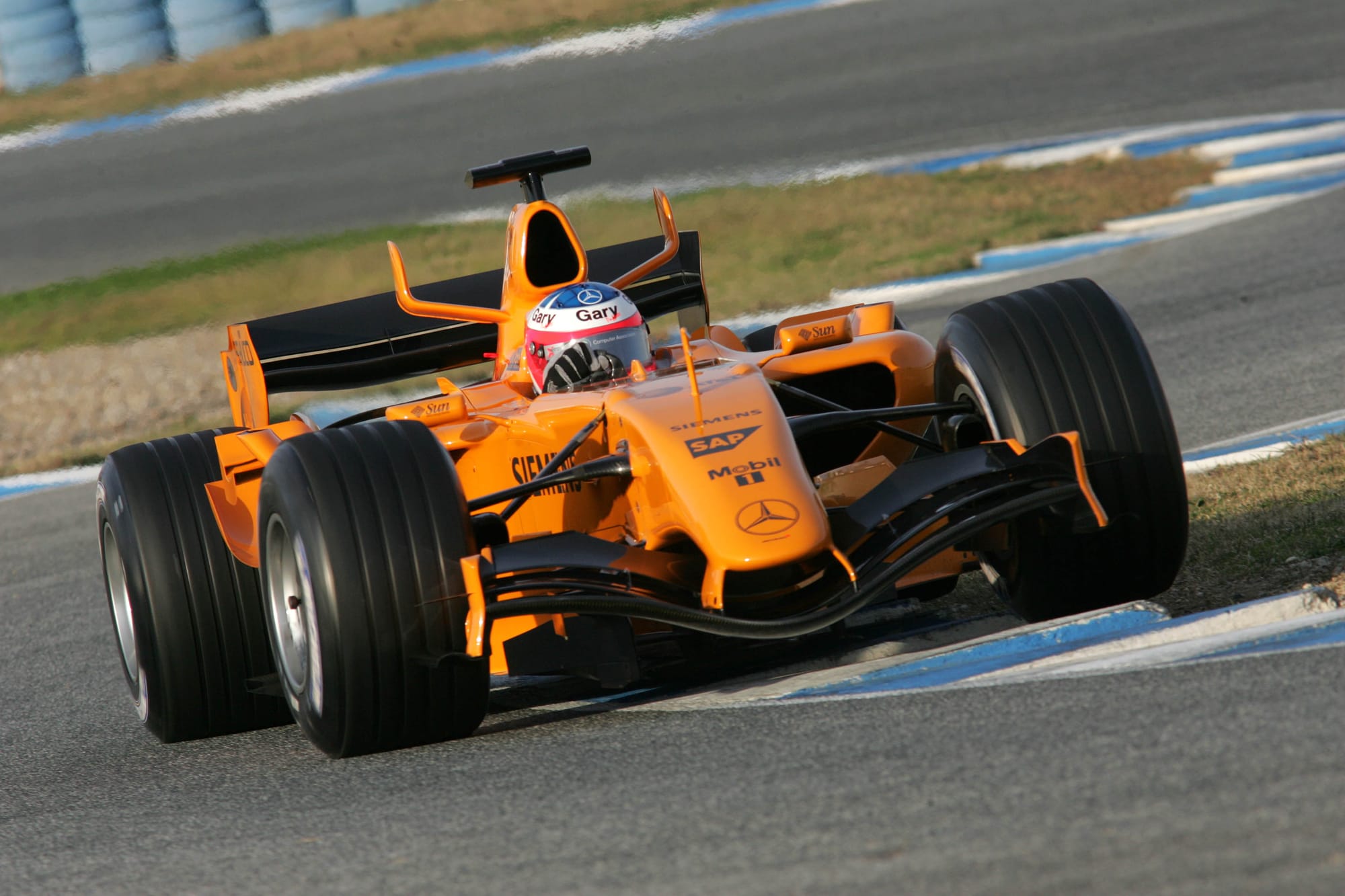
It's arguably a nice modern twist on the 2006 Papaya McLaren livery (above) that was tested but never raced and unfortunately this design will enter a similar folklore - destined to be a niche 'guess the year' pub quiz answer rather than a significant part of McLaren's history.
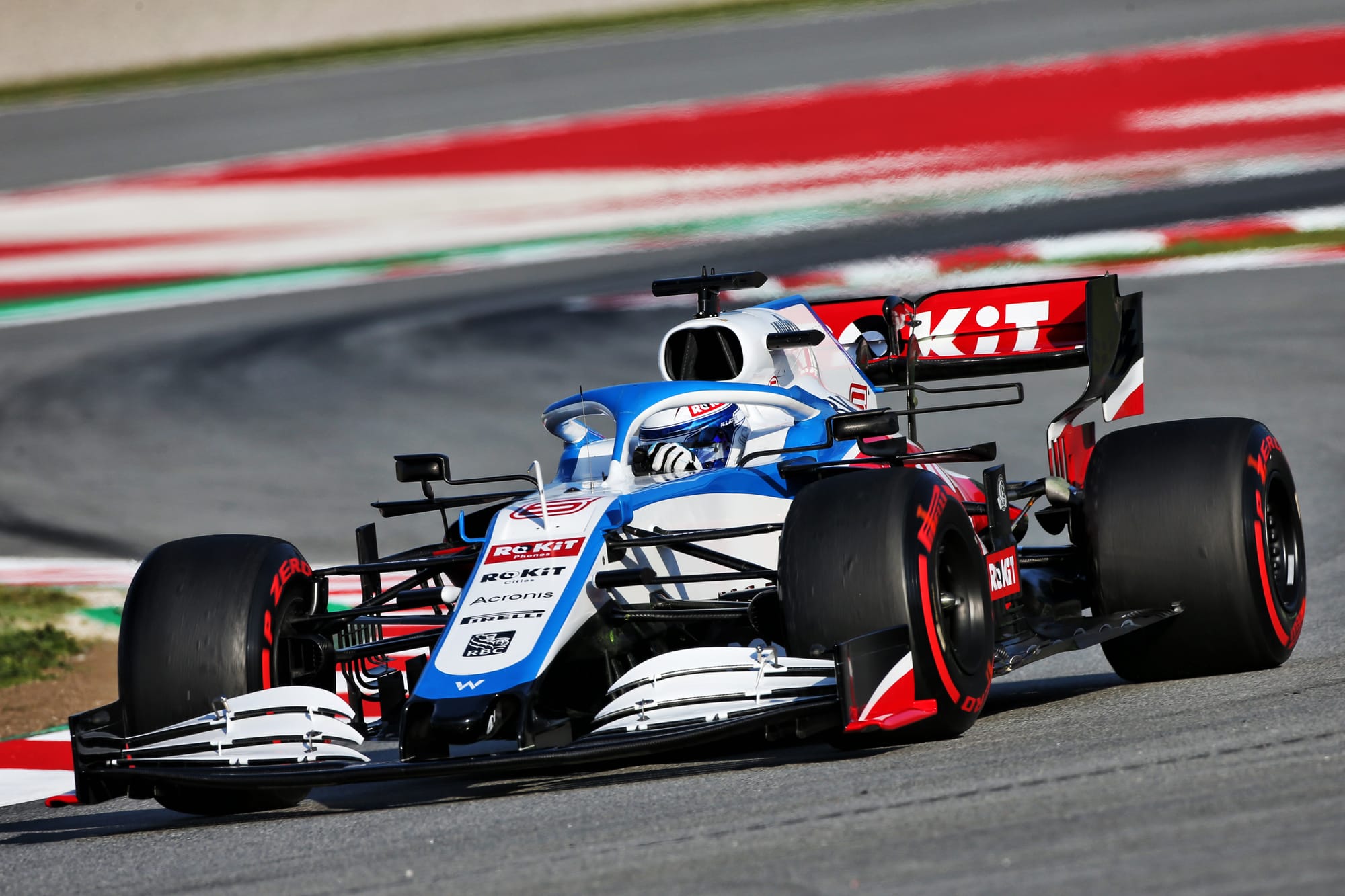
Williams will showcase its own one-off livery on Friday. Its last unraced design was the toothpaste-tube-esque Rokit colour scheme from early 2020 (above). Thankfully that never saw the light of day as the COVID-19 pandemic postponed the start of the season and the Williams-Rokit deal was dissolved during the hiatus.
Hopefully, this time round, Williams will have something we'll actually lament not seeing raced.

